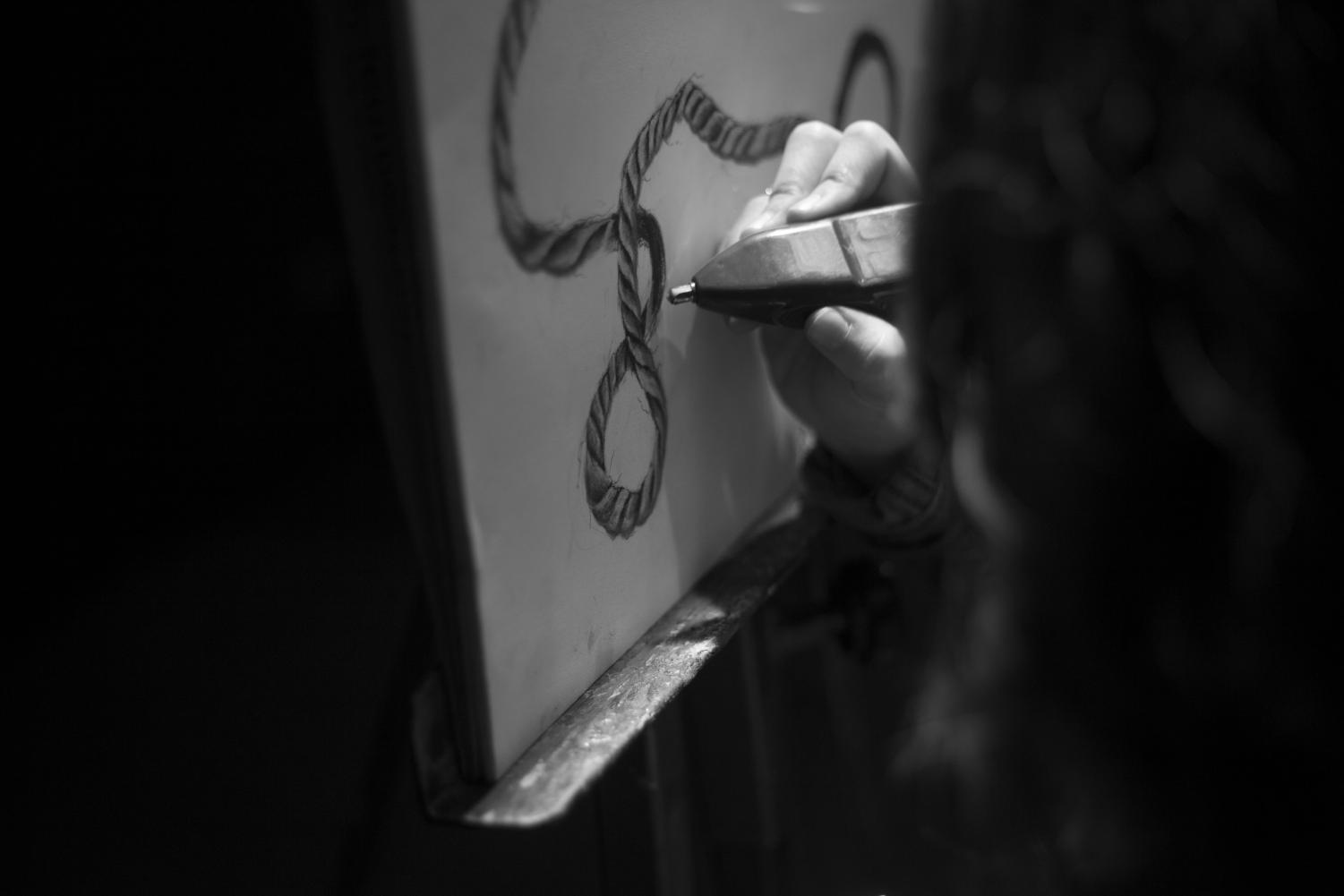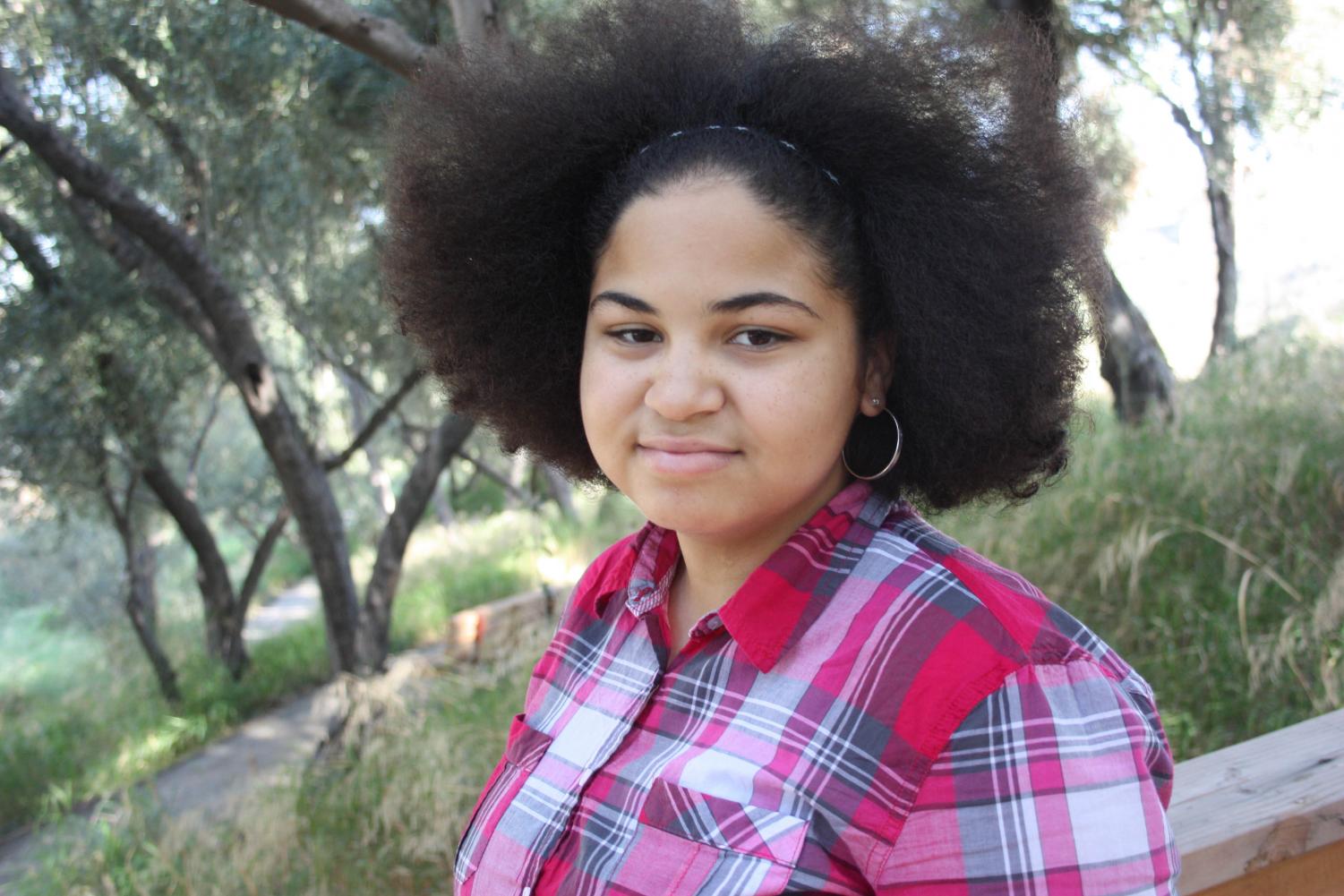Written by Augusta McDonnell
“If there’s anything that has reinforced my love for God beyond the Bible, it’s the skillful, calculated, scientific way of observing creation my dad opened to me,” explains Lloyd Peckham, linguistics professor at Biola University. “Dad showed me my first sunrise; he showed me the colors changing as the sun came up.”
Peckham’s dad, Robert, was a high school science teacher. His family had a hobby of mineral collecting. They would go out to mines and other places with friends to observe the chemical molecular orderliness of minerals that display God’s beauty.
When Peckham was 14, his dad obtained a year-long sabbatical tasked with going to South America to bring back both mineral and insect collections for the high school.
Peckham worked with his dad, collecting insects from all over the continent and embedding them in plastic. He describes the polyester casting resin used to make the molds as similar to clear paper weights with bugs captured in them.
“I had already seen the fantastic predictability of God’s orderliness in crystals,” Peckham explains, “now I was seeing it in butterflies and beetles and bioluminescent creatures that hadn’t even been written up scientifically yet.”
He learned to delight simply in observing things and looking deeper into God’s creation. While in South America, Peckham had to inspect the elements of God’s work closely, a practice that allowed him to see things he could have never dreamed of. “God had imagined these things,” Peckham explains, “being ever so much more creative than us.”
Purposing to see God’s beauty
Peckham has also seen the damage caused when people close their eyes to God’s revelation all around them.
“Satan works against it,” he explains, “tries to dumb the minds, tries to shut the eyes. People are living in little boxes, going around in little boxes; thinking in little boxes.”
However, he believes it does not take a whole lot to break out of these little boxes if people are willing to think different thoughts and see different sights. He encourages students to get off campus and go somewhere they have never been and spend time out-of-doors. “God will let you be a part of his creation,” Peckham explains, “not just observe it as an outsider.”
The apostle Paul explains how God reveals himself in Romans 1:20: “For ever since the world was created, people have seen the earth and sky. Through everything God made, they can clearly see his invisible qualities – his eternal power and divine nature. So they have no excuse for not knowing God.”
When we look out across God’s mountain ranges and oceans, we are faced with a vastness that reveals within all of us a space only the Spirit of God himself can fill. The ever expanding discoveries in the fields of math and science lend to our understanding of the infinite nature of God’s creativity and orderliness, similar to what Peckham observed in his travels.
Beauty in mathematics
Even outside the vastness of nature, Wade Williams, Biola mathematics professor, explains that God reveals himself through human discovery in the mathematics field.
“[God is saying], I am incredibly more intelligent than any of you,” Wade says. “I have purpose and design behind everything I made, and I have hidden secrets for you to discover that point to me.”
Williams draws a parallel between God’s creation and the proof of the multidimensional Change-of-Variables theorem, comparing it to a sunset. “Brilliant, yellow-red-purple hues of the sky contrasting with the dark, mysterious, velvety hues of the ocean,” Williams describes. This formula begins with the simplest forms of rectangular regions and linear motion and builds up to complex amoeba-like regions and continuously differentiable motions, Williams explains.
“The contrast between the simple, dark, primitive linear forms and those rectangles with the shimmering beauty of that incredibly challenging region there…it just reminds me of a sunset over the ocean,” says Williams.
The mathematics field is always expanding. Williams says he sees the Lord’s hand in all of his work, which reveals tremendous beauty and structure in its abstraction.
“God’s out there,” explains Williams, “the world is incredibly complicated. There’s abstract to every math. The more we keep digging in, the farther it just keeps going. The field is exploding as we learn more and more, and it’s not about to run out – because God is infinite.”
Desire for beauty stems from elsewhere
Our desire to find meaning in the human experience, both the dark and light, is also seen in humanity’s impulse to create art and music to capture our sweeping spectrum of emotions. God has designed every element of his creation with a raw beauty for us to see, experience and use to discover even a little more about him.
At its core, the desire for beauty stems from the human desire for shalom, says Jonathan Anderson, Biola art professor.
“[Our love of beauty] is one of those things built deep into us that pulls us toward shalom,” says Anderson.
Anderson believes the idea of shalom is not so much about ideal forms as it is about good conditions on earth. It is an eschatological state – a future wholeness that humanity longs for.
“We want a deep beauty that really accounts for things, not a cheap, superficial beauty. There’s a ‘beauty’ of superficiality or cliché, in which images are scrubbed of all dissonance and all pain and all dysfunction,” says Anderson. This beauty will take all pain and dysfunction, and somehow resolve it, truly satisfying our longing.
The experience of beauty in life is most accessible to those who are in a posture of deep gratitude and thankfulness, Anderson explains. “As we become aware of the sheer givenness of the world, relationships seem more fitting and more beautiful. Color, for instance, simply as color, is a gift. You begin looking for more surprising combinations between forms and colors and sounds, and the world sort of swells with beauty.”
Beauty in music and nature
Beauty is also experienced in sound and the minute, exquisite details that bring wholeness to a piece of music. The process of unpacking sound and fully exploring it the way Bach did exemplifies the infinite possibilities of creating music.
“We love beauty for its own sake in a way,” says Anderson. “Does Bach’s music praise God? I think so.”
Seeking meaningfulness in this way is something God delights in. Anytime we closely analyze the meaning of the beauty around us, God himself is more fully revealed to us.
“There’s something about a tree being more healthy that is in itself, good,” Anderson explains. “There’s something about a sunset or a rainy day, the experience of it as beautiful, whether or not you are directly worshipping God.”
God is the giver of all things, and worship, consciously or unconsciously done, connects us with our desire for wholeness and righteousness and the flourishing of the world. Anderson explains that this does not dislocate acknowledgement of God, but in fact centers it more fully.
“It’s deeper than intentional conscience communication,” he says. “That’s also important for us, but only as a limited part of who we are.”
Humanity’s participation in experiencing beauty brings clarity and wholeness into the drama of the human narrative. In the depths of our suffering and darkness, God meets us, and we come to understand the beauty of brokenness. His glory is ultimately revealed in our redemption through Jesus Christ. This mystery is woven throughout creation.
Beauty in art
Barry Krammes, Biola art professor and director of the Earl & Virginia Green Art Gallery, says most people agree on the beauty that can be found in nature.
“We all gasp when we see a beautiful sunset, or a shooting star or look up at the night sky and see the galaxies,” he says.
But Krammes also sees a definition of beauty in something that has substance and depth and value, rather than just surface quality. The loveliness he sees in an aged, heavily wrinkled – even scarred – face exemplifies a true expression of beauty. “The beautiful spirit of that person shines through and becomes one with their physical appearance,” he says.
The Christian community appreciates contrasting illustrations of true beauty, says Krammes. Some would say Christ’s passion and suffering exemplifies the beauty found in brokenness, which is considered to be the most profound expression of beauty.
Krammes believes landscape painter Thomas Kinkade’s art embodies an idealistic version of art that starkly contrasts this appreciation for broken beauty. Kinkade was a landscape painter the Christian community embraced fully for his scenes of heavenly perfection.
“Then Disneyland commissioned him to do a whole series of paintings,” Krammes says, “so there we have the perfect meshing of many people’s conceptions of happiness, bliss, joy and beauty – it’s really just the opposite. It’s all very shallow. However, many people find solace in his work, so what can I say?”
Krammes finds relief from these narrow interpretations of beauty in the work of artists who portray it through pain, grittiness and silence.
“The deepest beauty for me is found in the messiness of human existence,” says Krammes, “and in the midst of deep suffering, and where the human spirit shines forth, and where there is hope in the midst of darkness. That, for me, is what beauty is all about.”





